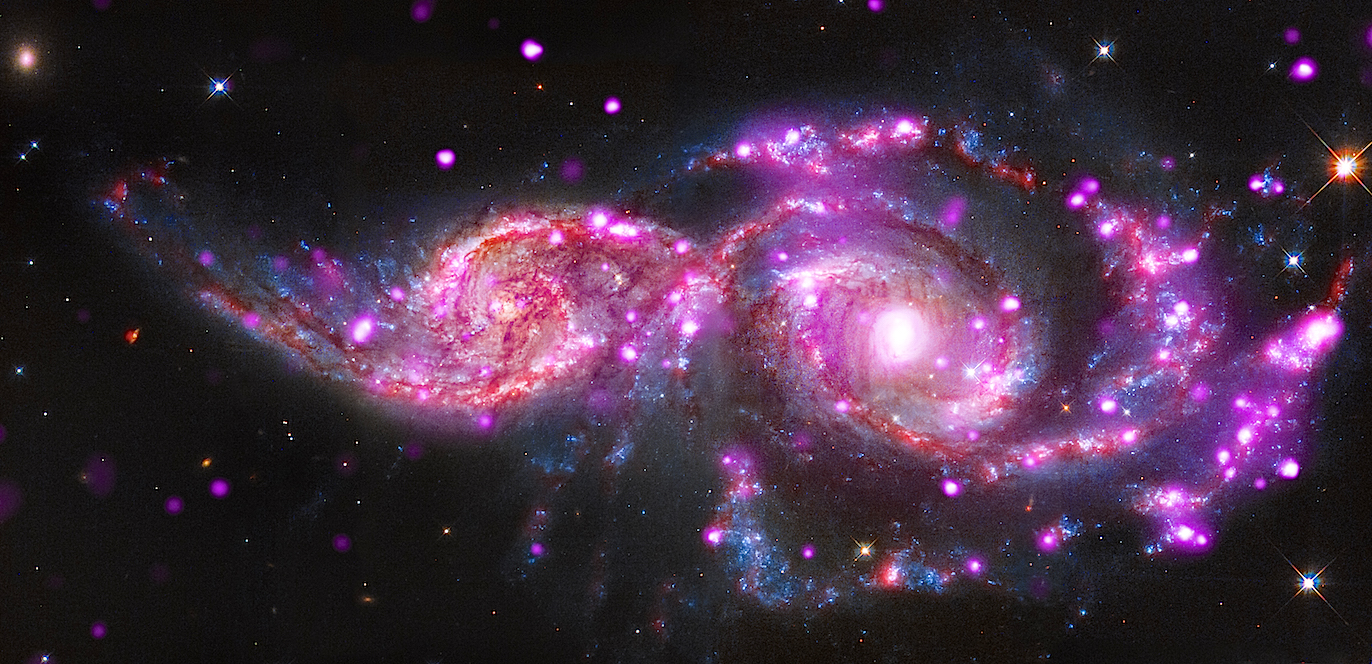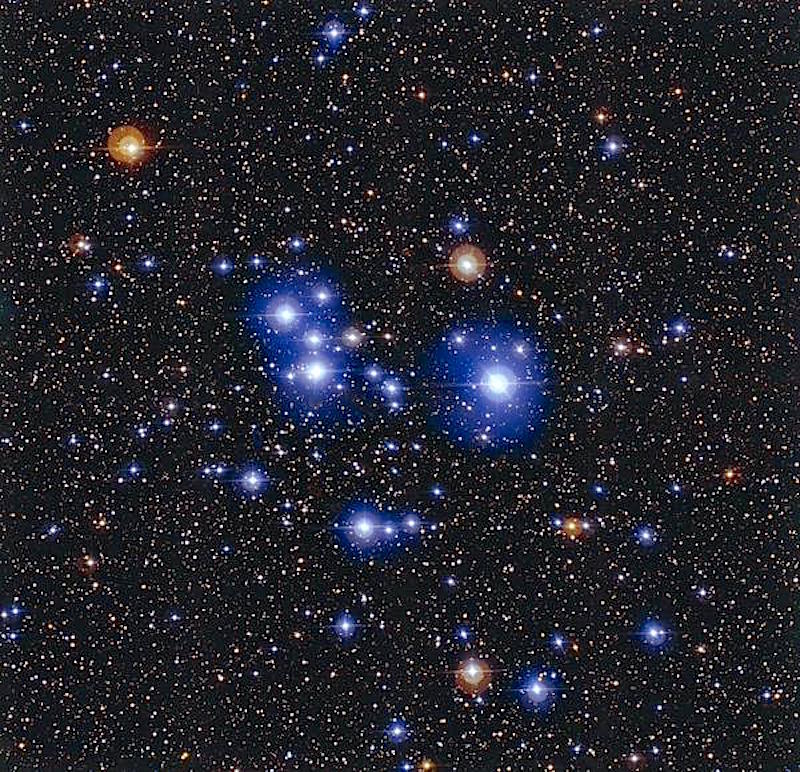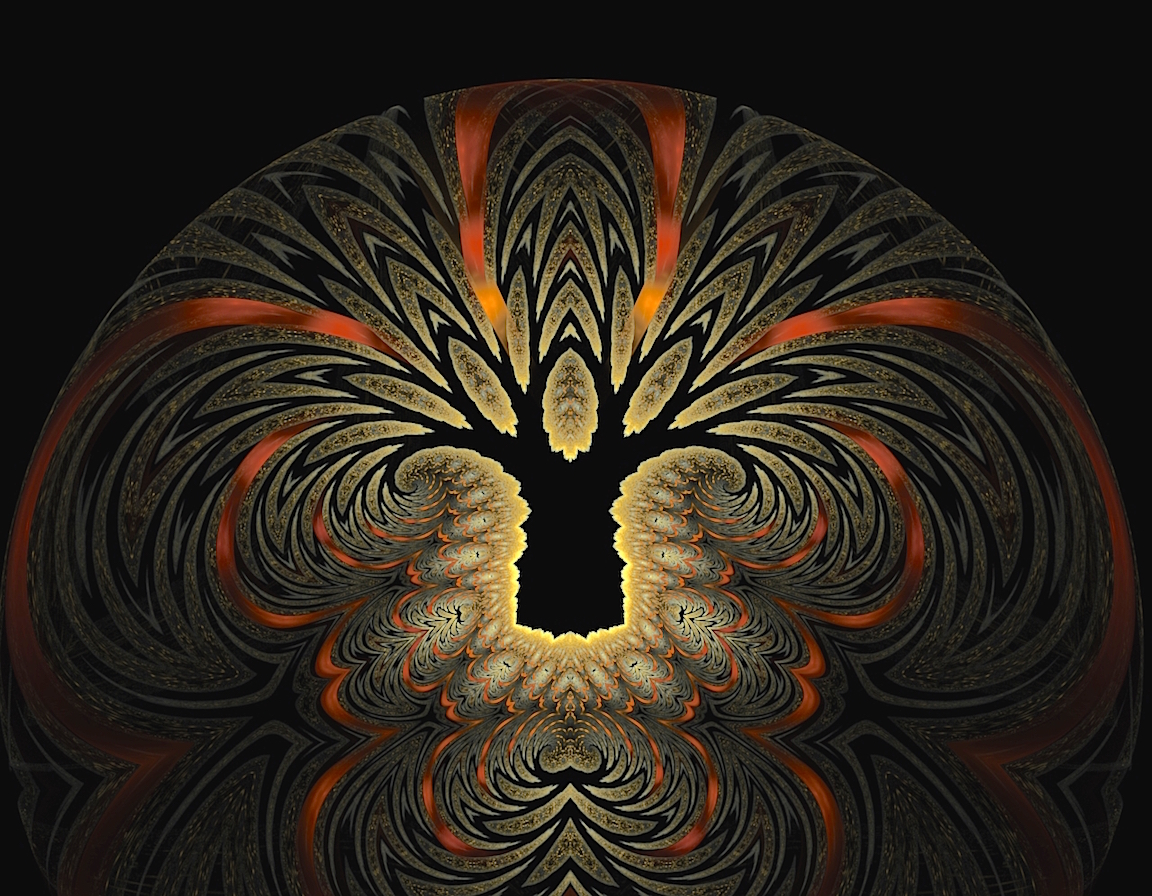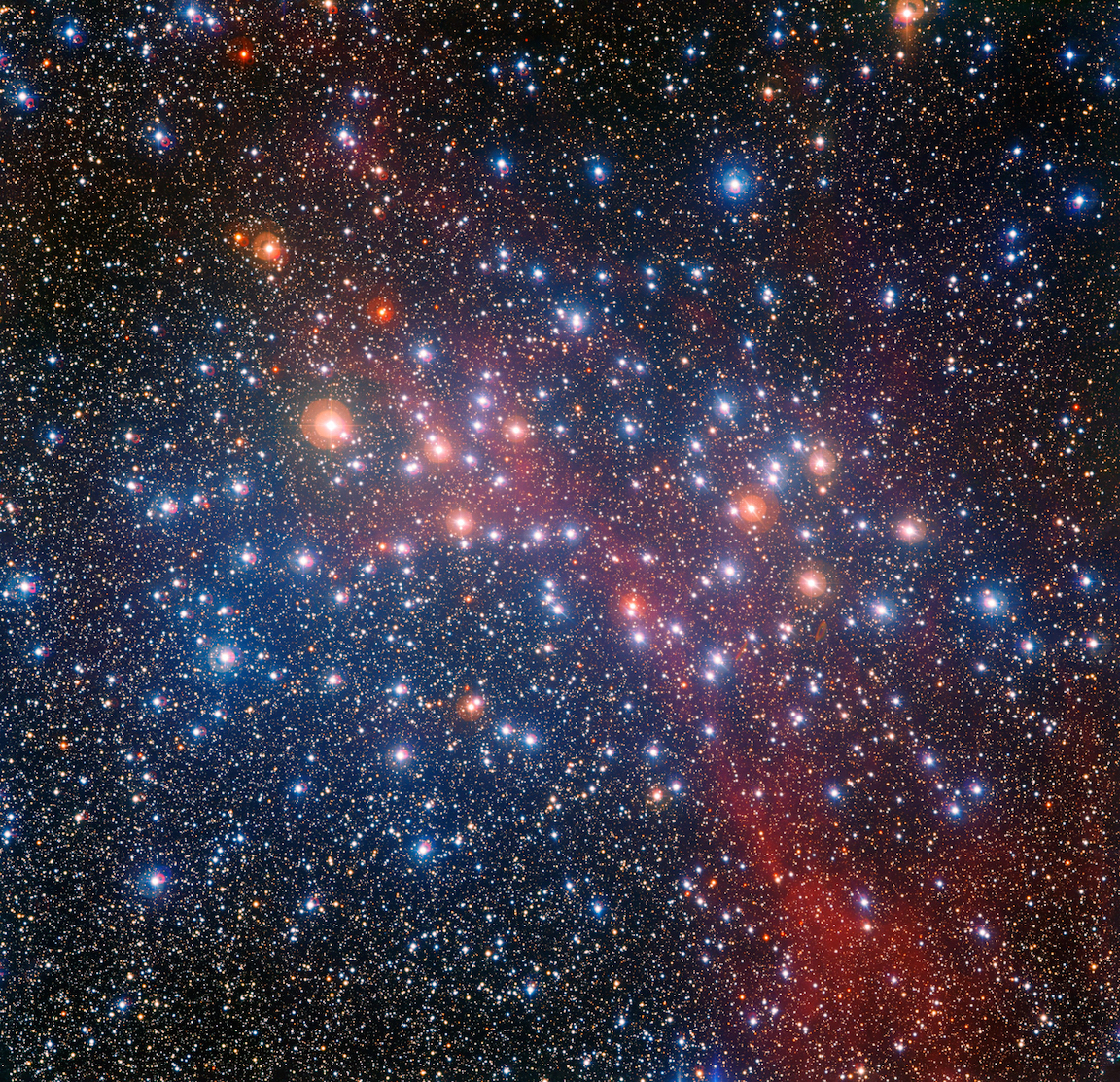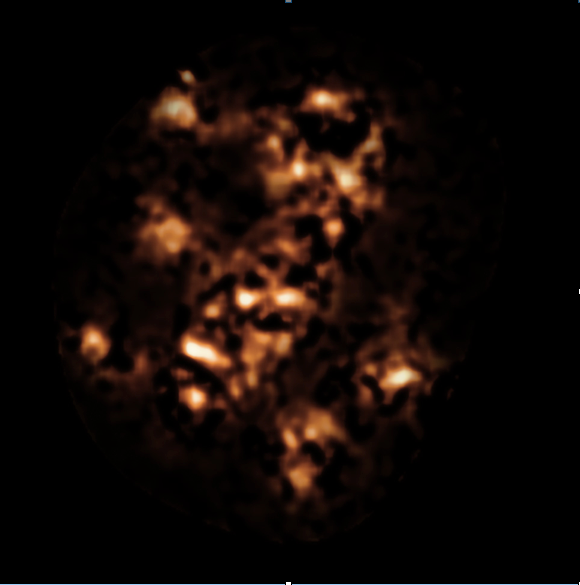Electric Helix

Mar 2, 2015 An image of the Helix Nebula in the constellation Aquarius exposes more details of its electrical structure. The infrared image shows radial Birkeland currents (called “strands” in the press release) crossing the concentric rings and converging on the central star. (Will “strands” now replace the former…






